Malfunction of the car, of course, are quite a nuisance, but if the vehicle is ignited, the issue of repair is estimated quite differently. It should be said that the risk of ignition of the car is quite reasonable, because the products of the current automotive industry badly resists fire and is able to completely burn out in a few minutes. As for the causes of this phenomenon, they are always a few, and to determine exactly what it is, you can only after a thorough analysis of the consequences of the accident.
Content
Possible causes vehicle ignition
All causes of ignition of the vehicle can be divided into several groups. These include: Car technical problems, its design features, the human factor and a number of other circumstances, which you will find below.
human factor
The human factor is rarely a cause of vehicle fires. His careless actions of the car owner can easily provoke him. some of the most typical situations can be distinguished in this regard.
Ignition of gasoline, oil and other fluids. In this case, the reason for the lighting of combustible materials is the negligence of the driver who spilled them into the engine, after which the liquid can get to the collector. Of course, like any petroleum product, oil is lit at a temperature of 450 degrees Celsius, and such fires are not uncommon.
But not all working fluids are equally reacting to certain circumstances. For example, the brake fluid flammifies only under the condition of the presence of an open fire, but its hit in the fire only enhances the flame, so it is quite difficult to establish a focus of ignition.
Overheating of the exhaust systemit is another possible cause of a fire, which, together with the overheating of the motor, can cause fire of spilled gasoline or lubricating fluid. By the way, I would like to note that the temperature of the exhaust manifold is able to reach 600 degrees Celsius.
The incomplete combustion of the combustible mixture entails the fact that a portion of gasoline vapors can get into the exhaust pipe in which another detonation will occur, accompanied by overheating of the catalyst. As a result, the temperature indicators reaches 1200 degrees Celsius, which can easily cause the fire of the vehicle finish and its paint coating.
It is worth saying that the search for the location of the fire is a rather complicated work that often takes not one hour of time. And if the fuse block survived, it is possible that its inspection will indicate to the direction of the development of the inner fire of the wiring, although the separation of the wires of the burnt braza is not a matter of it.
In addition, as a result of its length, a large number of wires does not have fuses and become very fragile when overheating. If a short circuit happened to the mass of the mass, you can determine the location of the closure based on the wiring melting traces.
ladies and disadvantages of the car design
In this situation, the main culprit of the vehicle fire is its manufacturer, since even minor omissions in the design of the car create conditions for fire. Naturally, when the disadvantages of a certain model become explicit, the manufacturer can withdraw its products from the market, but people who have already lost damages do not become easier from this. True, in this case it is quite realistic to achieve material compensation.
For example, not so long ago, the Ford autoconecern was forced to withdraw its cars from sale, since their benzobac had a significant defect capable of inflammation. Justice should be said that every major car manufacturer at least once, but still had to answer its products to refinement.
vehicles in the car electrical system
In the list of the most common causes of fires, this factor is in second place. The design of any rechargeable battery is quite complicated, especially when it comes to elements of hybrid and electric cars. Akb may highlight explosive gas in the engine compartment, and any even the slightest closure may entail fire.
However, the battery itself is quite often the cause of the fire, because in most cars it is very easy to damage. It is enough to simply drop the battery with a large amount of water or coolant, which can find out of a damaged nozzle.
In addition, do not forget that the dangers that are associated with the electrical system are not limited to only the boobspace and are able to cause ignition at any other section of the car.
fuel system malfunction
Fuel system malfunctions include the so-called "gasoline" fires. This type of ignition is often explained by various fuels of gas tank, fuel line, as well as fuel injection systems. This question is especially relevant for modern cars, where the electric pump of fuel swap is right in the gas tank.
Pair of gasoline can be self-propagated at a temperature of 430 degrees Celsius, however, if there is a spark, this process can begin at a temperature of B - 42 degrees Celsius. Such fires most often begin at the installation site of the carburetor or the injector, and with a debt of burning, it is rarely caused by the deformation of these parts and increasing the supply of fuel to the heartlamp.
gas leakage in car with gas equipment
On TC with gas equipment, damaged tubes connect the tank with gearbox or pots with nozzles often become inflammation. Also, the basis for the fire of the car is not rarely ruptures of the evaporator membrane, silicone tubes or excessive filter wear. Also, no need to forget about inaccuracies in the adjustment of gas equipment, because if the fuel supply parameters are unsuccessfully adjusted, the proportions are not always followed, which leads to overheating of the motor and exhaust system.
leakage antifreeze
Inexperienced car owners it may seem that the cooling fluid during the ignition of the CU is the least dangerous, but it is not. This most often accompanied by the owners of old cars, although in our time this trouble threatens and modern TS. They can light up as a result of the leakage of the coolant and its hit on the hot surface of the engine or exhaust manifold.
Actor of the established fact, some experts consider antifreeze with non-flammable material, as a result of which the true reason for ignition can remain a mystery. In addition, when conducting an examination it is not rarely possible to find out that immediately before the fire, the driver noticed the steam coming from the motor compartment - a typical ghost of the overheated motor.
And when the driver stopped to more accurately diagnose the problem, the car just light up. What led to a fire? The bottom line is that the coolant is a mixture of water with an ethylene glycol, which evaporates at a temperature of 110 degrees, and its ignition occurs at a temperature of 410 degrees Celsius. In various types of gasoline engines (especially in variants with turbocharged), these indicators can be significantly exceeded.
The tests carried out in the laboratory conditions showed that the ignition of ethylene glycol usually occurs only when the coolant leakage is leaked, that is, when the hot liquid falls on the exhaust manifold, and boiling water, which is part of the liquid, will begin to evaporate.
As a result, the remaining ethylene glycol is able to light up even at a temperature of 120 degrees, especially if there is a sparkling wiring nearby. In practice, this means that a random spark can ignite the pairs of this substance, after that ethylene glycol will begin to burn with a stable and strong flame. Of course, the other elements of the motor compartment will also be in the risk area.
Fires that occurred as a result of antifreeze fires always look like arson, and the melting of aluminum radiators occurs in a V-shaped form, i.e. from top to bottom. With a cold, fully cooled engine, the ignition is actually impossible. What is an important fact during the examination for the reason for the inflammation of the car.
arson
Intentional arson car is often the main cause of fire at insurance fraud. For example, if a car owner wants to get insurance compensation, and reports the car stolen, in this manner, you can hide the evidence. However, most insurers have long been aware of the process of "rigged theft", so anyone, even the most prudent and clever "thief" can not be all good to imitate. As a rule, the examination reveals all the tricks applied, which means that you can get a sentence for a criminal offense The customized.
Sometimes the cause of the burning car becomes engine failure, because, according to the owner of the car, he would be able to obtain insurance without burdening yourself hassle of repairs. But carefully conducted an investigation to establish the truth, even if the arsonist carefully disguise their work.
Not infrequently a deliberate arson used real crooks who stole from the car all the valuables and thus trying to "cover up" the traces. As a result, the car owner will be difficult to figure out what was stolen and by whom.
spontaneous combustion
Not always in fire car should look for a hidden intent, as not infrequently the cause of this phenomenon is spontaneous combustion. Therefore, an expert working on the restoration of the case, should a good understanding of the design and the device car.
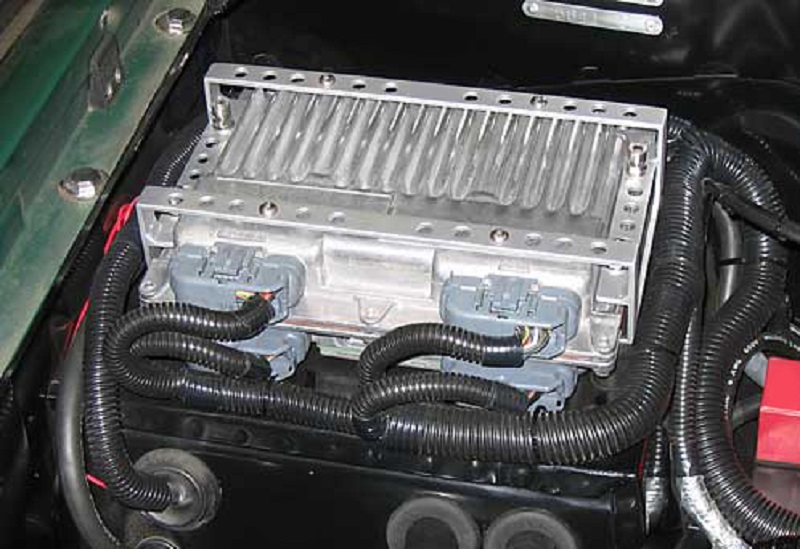
An electronic unit to be checked in the first place, because the error codes stored in it, can save a lot of time searching for the damaged mains wiring that goes to this or another user. Given that most fires occur in the engine compartment, the availability of knowledge about the placement of elements in the engine compartment is important for post-fire assessment.
Also do not forget that produced nowadays cars are equipped with a variety of plastic parts, which after ignition to the rapid spread of combustion. In older models, it is much less, so there is always a chance of rapid self-extinguishing or surgical removal of the fire.
Actions of the driver when the vehicle ignition
If you have found the first signs of ignition of your car (expressed in the presence of a flame, smoke, foreign smells), you should immediately stop and open the electric circuit. Then, all the passengers out of the car and move away from the vehicle at a safe distance in order to minimize risk to their life and health.
The main task of the driver - to warn about a possible threat to other road users to avoid damage to the other vehicle and provide additional strength to eliminate incipient fire.
How to use a fire extinguisher?
To eliminate the use of fire extinguisher, which is in the car:
- Tear off the seal.
- Pull the pin.
- Loosen the hose and point it at the center of combustion.
- Press the lever and begin to extinguish.
How to extinguish a car, where to start?
Firstly, deal with a fire extinguisher exterior of the car, and only then proceed to the liquidation of fire in the interior space. Fire interior paneling - a secondary phenomenon, which is preceded by inflammation in the engine compartment. To eliminate the fire under the hood, open the lock with a crowbar. Is extremely undesirable to take on the hood with his bare hands, as there is a serious risk of severe burns. When the flame in this portion is eliminated, must ensure that no sparks from the wiring and leakage of fuel hoses.
If lit interior, the bulk of the mix extinguisher should be routed to the front of the department. Thus dense foam clog the ventilation holes to prevent the fueling of fire by oxygen.
The seats deserve special attention. In the low-cost cars are filled with polyurethane, and it supports combustion and ignites well. If the car caught fire in a parking lot or other open area, you can not leave it unattended, even when the flame is fully extinguished. There is always a risk of re-distribution of fire that poses a threat to other vehicles.
Tips Prof.
It is advisable not to get into the car after the fire, and call a tow truck to transport it. Even if the ignition was not significant, must not be switched on again to open the electric circuit and the fuel supply until the cause of the fire is installed.
Related Materials
- Stove 2110, bad warm stove 2110, VAZ 2110 heating system, repairing the heating system VAZ 2110 with their own hands
- VAZ 2114 stove blows with cold air, stove 2114, bad warm stove VAZ 2114, device and repair of heating VAZ 2114 do-it-yourself, removing the stove VAZ 2114
- How to subdominize the car. How to put a jack. Types of jacks for cars.
- VAZ 2109 Fuse Block, VAZ 2109 Fuse Block Carburetor, VAZ 2109 Fuse Block Injector, Old VAZ 2109 Fuse Block, VAZ 2109 Fuse Block, VAZ Fuse Block 2109
- Car exhaust gas catalyst, faulty catalyst, pluses and cons of the catalyst, how to change the catalyst for the planeencitel
- Stove blowing cold air VAZ 2114, badly blowing the stove VAZ 2114, why badly blowing the stove VAZ 2114
- How to find out the owner of the car by the number of his car, check the car by the number of the traffic police machine, check the car by the state number of the car for free
- How to choose Used tires, Useful Tips
- Winter car road, pressure in passenger car tires in winter, good battery for the car in winter, whether to warm the car in winter
- In winter, the car is poorly started. How to make a car in winter, do you need to warm up the car in winter, useful tips
- Economy fuel consumption machines, the most economical car consumption
- Tires brands for passenger cars, labeling of car tire labeling, residual passenger car tire protector, how to pick a tire on a car brand, car tire tread pattern
- Working transmission operation, mechanical gearbox clutch work, driving with manual gearbox, useful tips
- Rear beam Peugeot 206 sedan, rear beam device Peugeot 206. Rear beam Peugeot 206 Malfunction, repair of the rear beam Peugeot 206
- Diesel fuel in winter, additive for diesel fuel in winter, how to choose the best diesel fuel
- Diesel winter does not start. How to start diesel in winter, heating diesel in winter.
- Japanese bridgestone tires, winter studded bridgestone tires, bridgestone tires brand
- Tire marking decoding for passenger cars, labeling wheels, how to choose the right tires on the disks
- Diesel engine in winter, launch of the diesel engine in winter, what oil to fill in a diesel engine in winter, useful tips
- LED backlight of the car, the backlight of the bottom of the car, the backlight of the legs in the car, the backlight in the door of the car, the backlight of the car is fine
- Recovered tires, bus tire, restored tire protector, can I use them
- Choose winter tires, which is a winter tires, which pressure in winter tires should be marked with winter tires, how to choose the right winter tires, the best winter tires 2019
- Steering rail rail, knock of steering rack, reasons for the knock and repair of the steering rack do it yourself
- Cameless car tires, a set for repair of tubeless tires, repair of the cannon-free tire do it yourself
- Russian tires, Russian tires Winter, Russian All-season tires, Voronezh AMTEL tires, Tires "Matador Omsk Tire", Kama-tires are world-class bus
- How to open a car without a key. Lost the key from the car what to do, the key from the car inside the car
- Silent tires, quiet winter tires, quiet studded bus, which tires to choose, overview tires
- Tires and safety, safety of the bus, why it is necessary to constantly monitor car tires
- Rules of safe driving of the car in the rain and slush, safe driving of the car for beginners
- Rust converter which is better for cars, rust converters to choose how to use rust transducer, professionals
- Polishing the body of the car do it yourself, how to choose a polishing paste, useful tips
- Engine durability, engine life, how to extend engine life
- Knock in the car. Knock when moving a car. What can knock in the car. How to determine the cause of the knock.
- ABS car, what is ABS car, ABS system malfunction, ABS diagnostics
- Overtaking a car when you can start overtaking a car, rules of traffic rules
- Fuel pump VAZ 2110, VAZ 2110 gas station scheme, VAZ 2110 fuel pump device, VAZ 2110 gas station repair,
- Automotive antennas for radio, automotive antenna device, car antenna do it yourself
- Front suspension Kalina, device front suspension Kalina, knock in front suspension Kalina, repair of front suspension Kalina
- Shock absorber Oil, best oil shock absorbers, pumping oil shock absorbers, how to properly pump oil shock absorber
- Clutch malfunctions, touches clutch, causes a clutch malfunction, how to eliminate
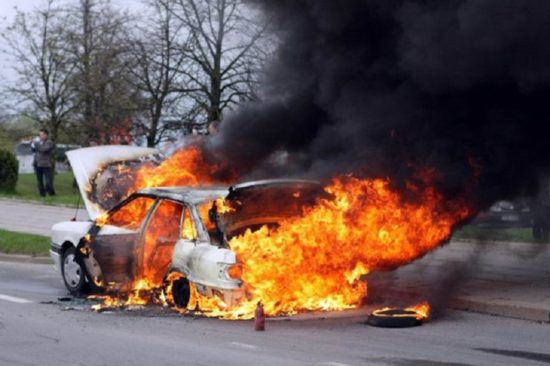
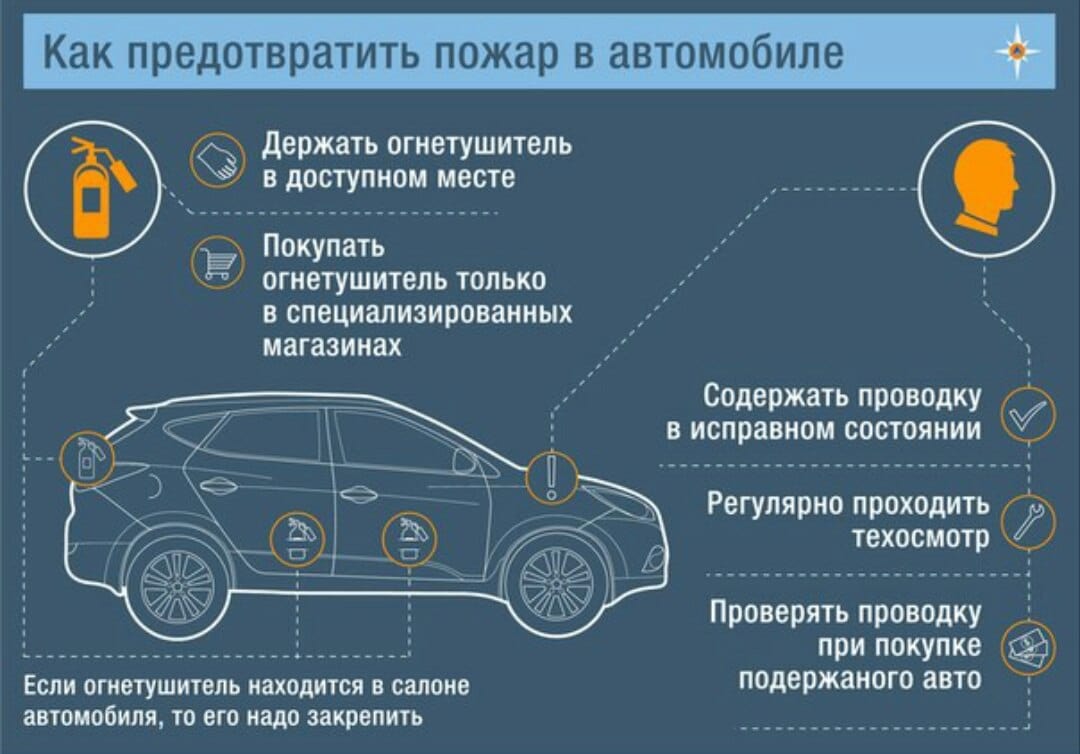

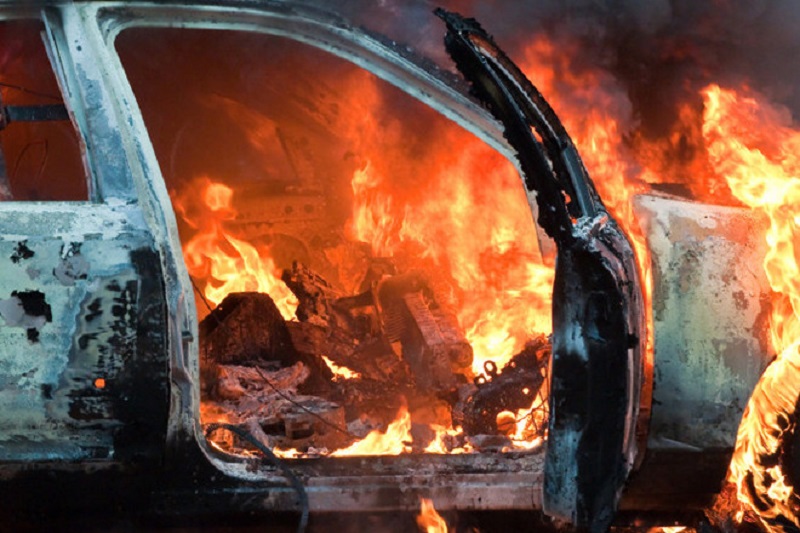

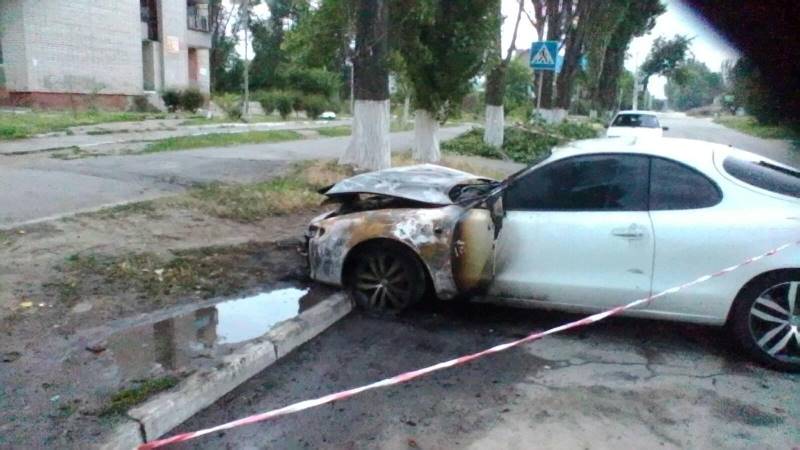
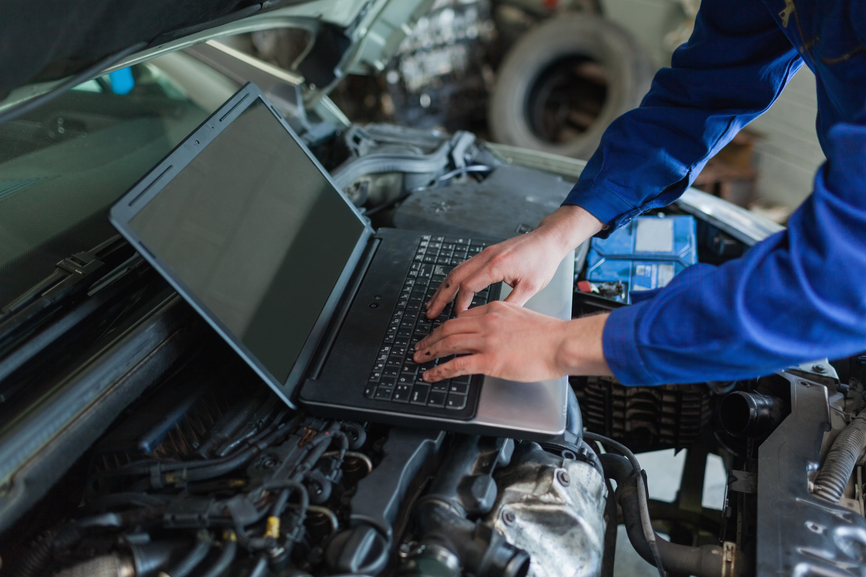
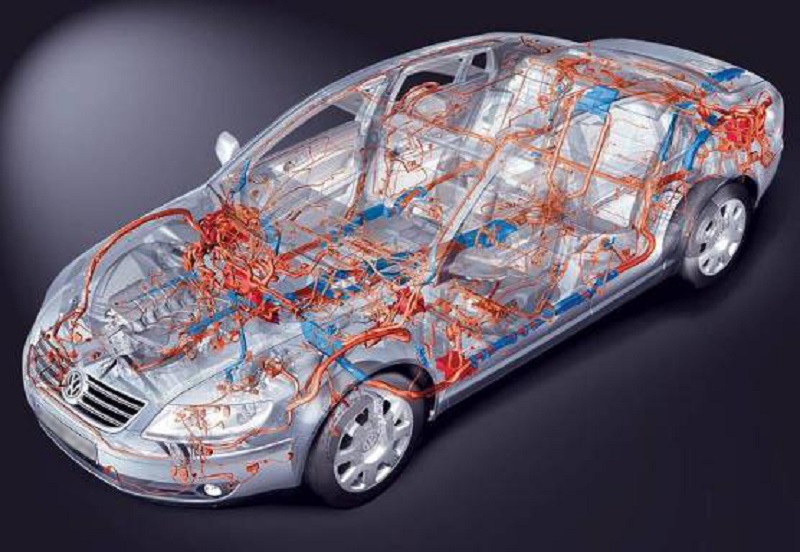

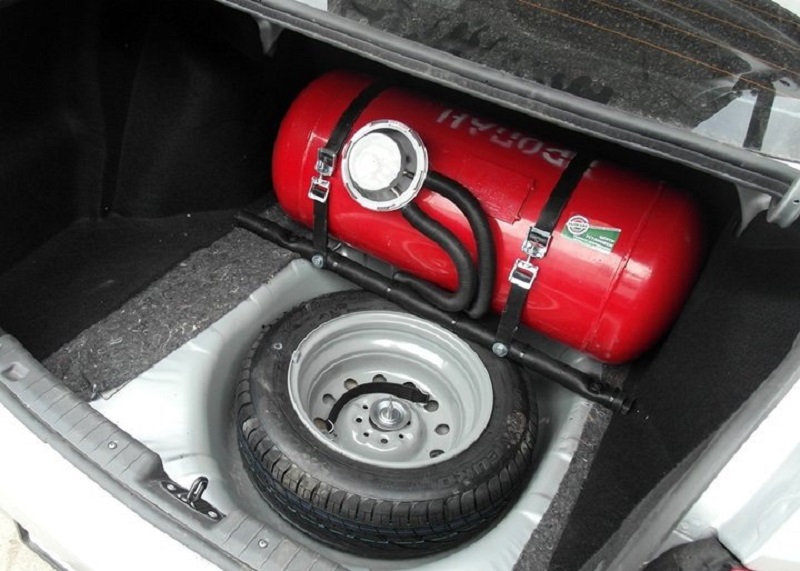

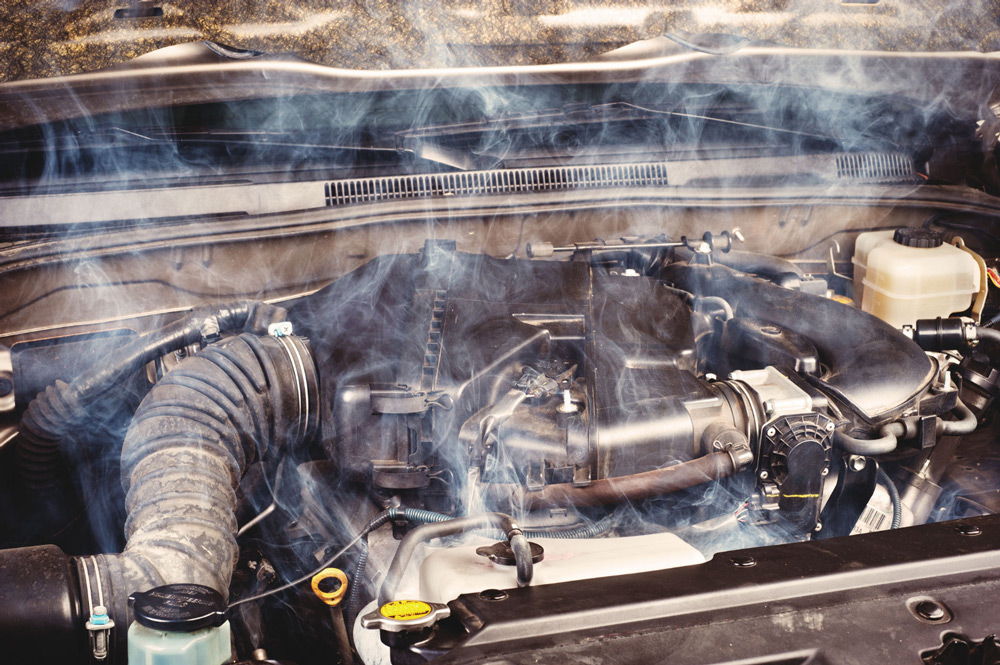


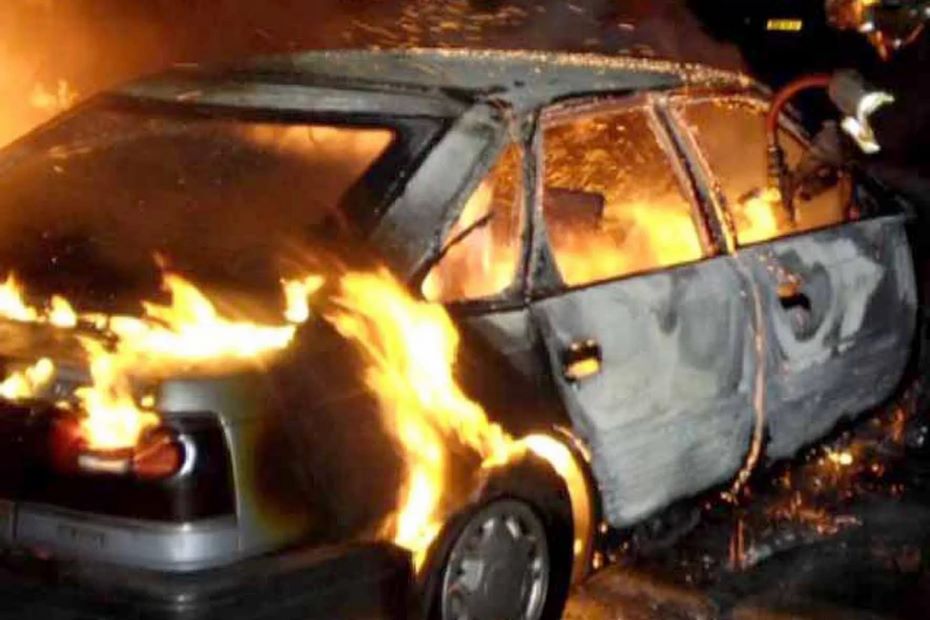













Comments